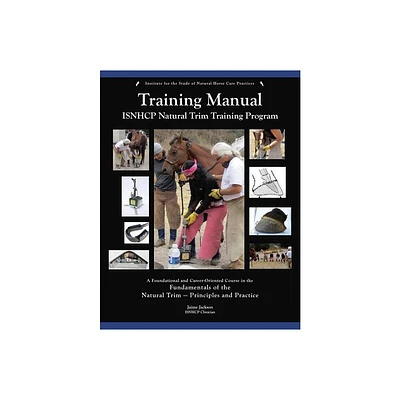Home
International Medical Corps Training Manual: Unit 1: Cardiology
Loading Inventory...
Barnes and Noble
International Medical Corps Training Manual: Unit 1: Cardiology
Current price: $75.00


Barnes and Noble
International Medical Corps Training Manual: Unit 1: Cardiology
Current price: $75.00
Loading Inventory...
Size: OS
*Product Information may vary - to confirm product availability, pricing, and additional information please contact Barnes and Noble
UNIT 1: Cardiology. An overview of the anatomy and physiology of the heart and an approach to diagnosis and treatment of cardiac disease and disorder.
This Manual provides a resource for the training of field medics and community health workers who serve in under-resourced areas during conflicts or disasters. It targets those with a basic educational background and little or no prior medical education and, in conjunction with an intensive 4-8 week training program, will allow medics to diagnose and treat the most common 90% of illnesses and traumas. Based on a "Systems" approach (rather than symptom or specific disease orientation), the Manual covers basic anatomy and physiology and then focuses on the symptoms, physical findings, natural history, and differential diagnoses of the illnesses and injuries most likely to be encountered by health workers in the field. Treatment protocols are outlined, using those medications and materials likely to be found in under-resourced environments, including the generic medications of the WHO Essential Drugs List.
The purpose is to train field health workers quickly and give them the skills to treat the majority of wounded and ill in situations when whatever previous health care system there may have been is overwhelmed. Developing capacity and self-reliance by training persons from affected areas empowers individuals and communities - even those displaced from their homes - to regain control of their lives and destinies. This is the foundation of emergency humanitarian assistance.
This Manual is also meant to be carried into the field as a ready reference for field health workers including trauma medics and community health workers as well as more highly trained medical personnel who may happen to find themselves practicing out of their areas of expertise. This could include national and international physicians, paraprofessionals, and nurses responding to a humanitarian emergency. This Manual does not intend to supersede local or national healthcare systems or protocols, but to provide an adjunct in an emergency when, as often happens, the perfect may be the enemy of the good.
This Manual provides a resource for the training of field medics and community health workers who serve in under-resourced areas during conflicts or disasters. It targets those with a basic educational background and little or no prior medical education and, in conjunction with an intensive 4-8 week training program, will allow medics to diagnose and treat the most common 90% of illnesses and traumas. Based on a "Systems" approach (rather than symptom or specific disease orientation), the Manual covers basic anatomy and physiology and then focuses on the symptoms, physical findings, natural history, and differential diagnoses of the illnesses and injuries most likely to be encountered by health workers in the field. Treatment protocols are outlined, using those medications and materials likely to be found in under-resourced environments, including the generic medications of the WHO Essential Drugs List.
The purpose is to train field health workers quickly and give them the skills to treat the majority of wounded and ill in situations when whatever previous health care system there may have been is overwhelmed. Developing capacity and self-reliance by training persons from affected areas empowers individuals and communities - even those displaced from their homes - to regain control of their lives and destinies. This is the foundation of emergency humanitarian assistance.
This Manual is also meant to be carried into the field as a ready reference for field health workers including trauma medics and community health workers as well as more highly trained medical personnel who may happen to find themselves practicing out of their areas of expertise. This could include national and international physicians, paraprofessionals, and nurses responding to a humanitarian emergency. This Manual does not intend to supersede local or national healthcare systems or protocols, but to provide an adjunct in an emergency when, as often happens, the perfect may be the enemy of the good.
You May Also Like

Loading Inventory...
The German Army Medical Corps in World War II
Barnes & Noble
Current price: $24.95

Loading Inventory...
Home Health Aide Training Manual And Handbook
Barnes & Noble
Current price: $29.99
















